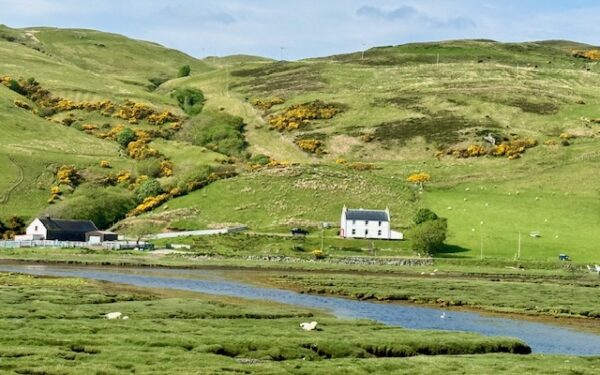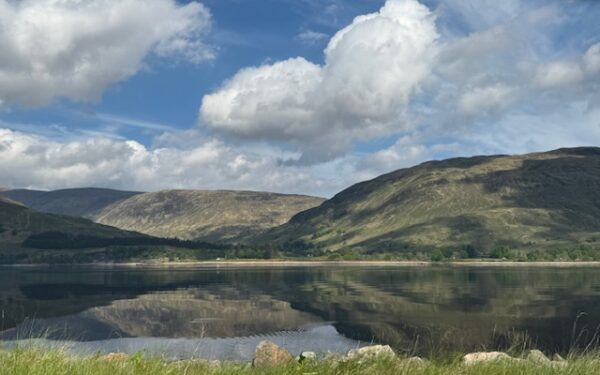“I see my path, but I don’t know where it leads. Not knowing where I’m going is what inspires me to travel it.” Rosalia de Castro
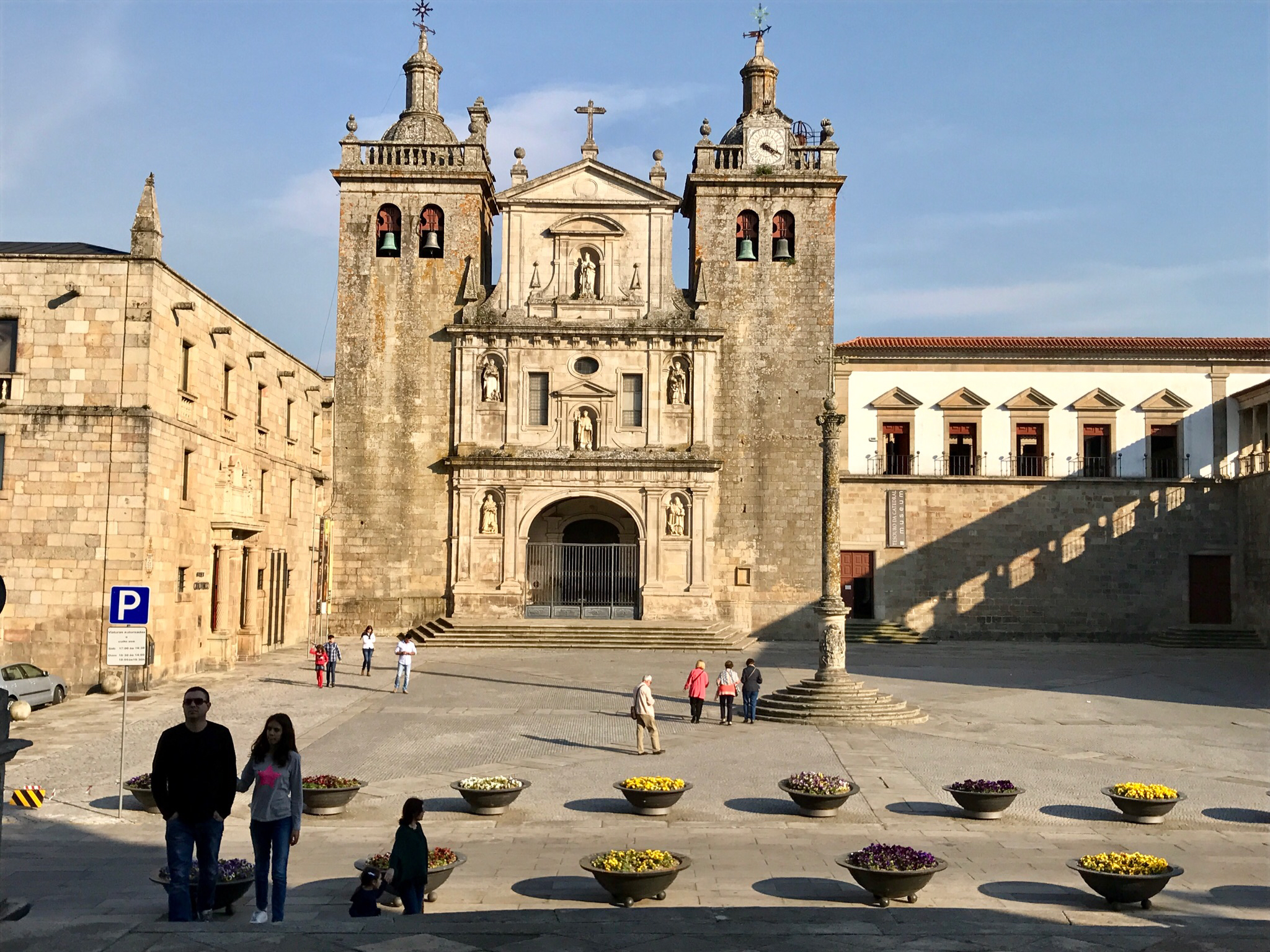
Mar 19, 2017
Today we left Evora. I forgot to mention yesterday during our visit to the Chapel of the Bones, we also saw an exhibit of over 500 nativity scenes from all around the world and worked in 101 different materials. The collection was donated to the church by a prominent local family, but here is the catch the collection is over 6,300 pieces. I could have found a spot for a few pieces.
Close to Evora in the country site is surrounded by a series of monoliths going back to the Neolithic period 5,000 – 4,000 BC. We decide to search them out only to find out that they are reached by a dirt road and a 2-kilometer hike to the site we found the trail but decided against the hike. It’s just a pile of rocks anyway.
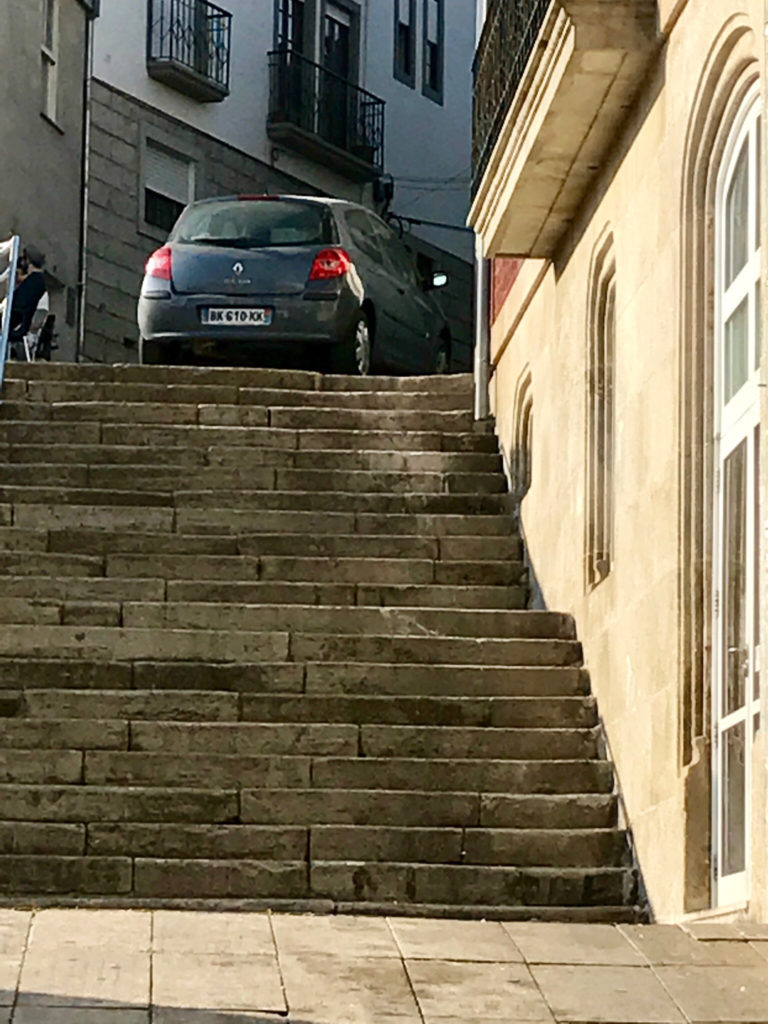
The Almendres Cromlech is believed to be one of mankind’s first public monuments. It’s the largest existing group of structured menhirs in the Iberian Peninsula, and one of the largest in Europe. This megalithic monument consisted originally of more than a hundred monoliths, some of which over the ages were taken away for other uses.
Our drive to Visue takes us fairly close to the Spanish border and the countryside is dotted with castle fortifications town we visited Extramadoz and Visera which are perched on top of hills with a clear view of the surrounding countryside.
We drove through valleys of cork and olives, changing to the forest of eucalyptuses and pine as we crossed mountain passes, gorges, and tunnels.
Stops for coffee and Natas along the way.
We arrived in Visue and checked into our Pousada a beautiful repurpose old Hospital(probably mental) because our room is crazily modern over sleek and with an outside terrace overlooking the city, it could an NYC apartment.
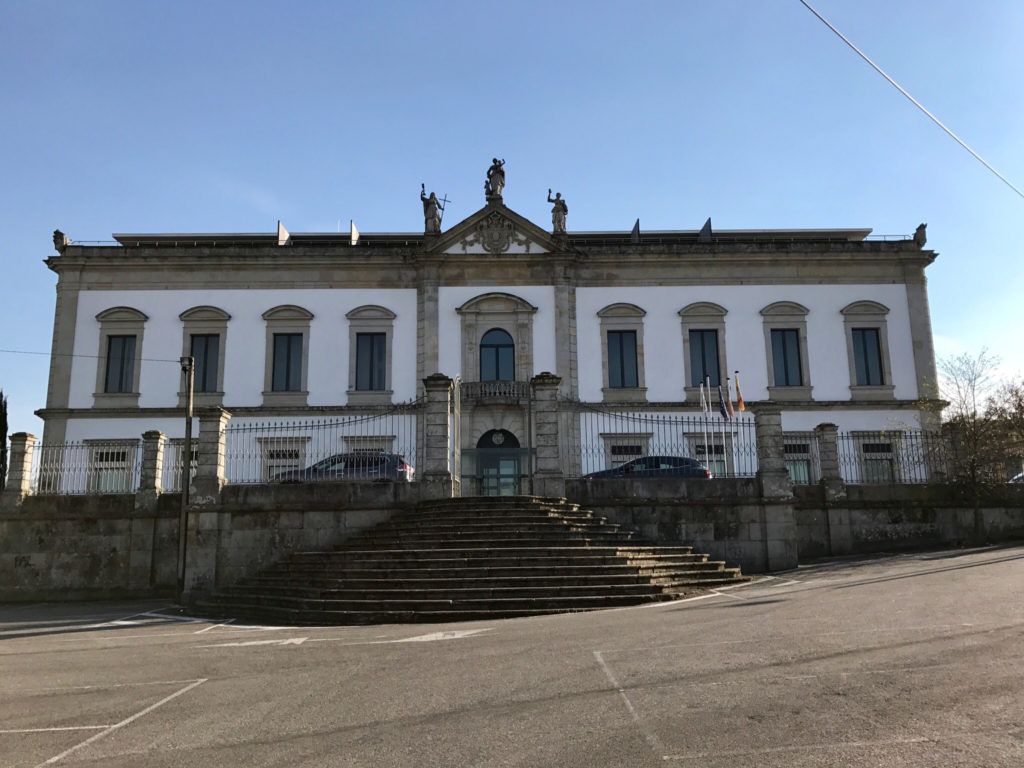
Viseu is located in the Centro Region of Portugal Viseu is approximately 31 mi East of the Atlantic Ocean. Surrounded by a number of mountains the tops of which are covered with thick layers of snow in Wintertime, the area is crossed by a network of rivers and streamlets.
In 1475, Vasco Fernandes, famed artist of the Portuguese Renaissance, was born in the city, whose artwork is housed in the museum next to the cathedral.
Settled during the period of the early Iberian Castro culture, the territory of Viseu was populated by a series of cultures, that include the Romans, Suebs, Visigoths, and Moors. During the Roman occupation of Iberia, Viriathus, rebel leader of the Lusitanians, is assumed to have lived for a time in the territory. During the Middle Ages, the city often served as a seat for Visigothic nobles and is considered one of the probable birthplaces of Afonso Henriques, the first King of Portugal.
Our first stop the Viseu Cathedral with origins in the 12th century is the most important historical monument of the town. It is currently a mix of architectural styles, especially from the Manueline, Renaissance, and Mannerist periods.
The cathedral is located on a large and harmonious square, beside the old Bishop’s Palace now the Grão Vasco Museum, and in front of the Misericórdia Church of Viseu. Two places that we will visit tomorrow.
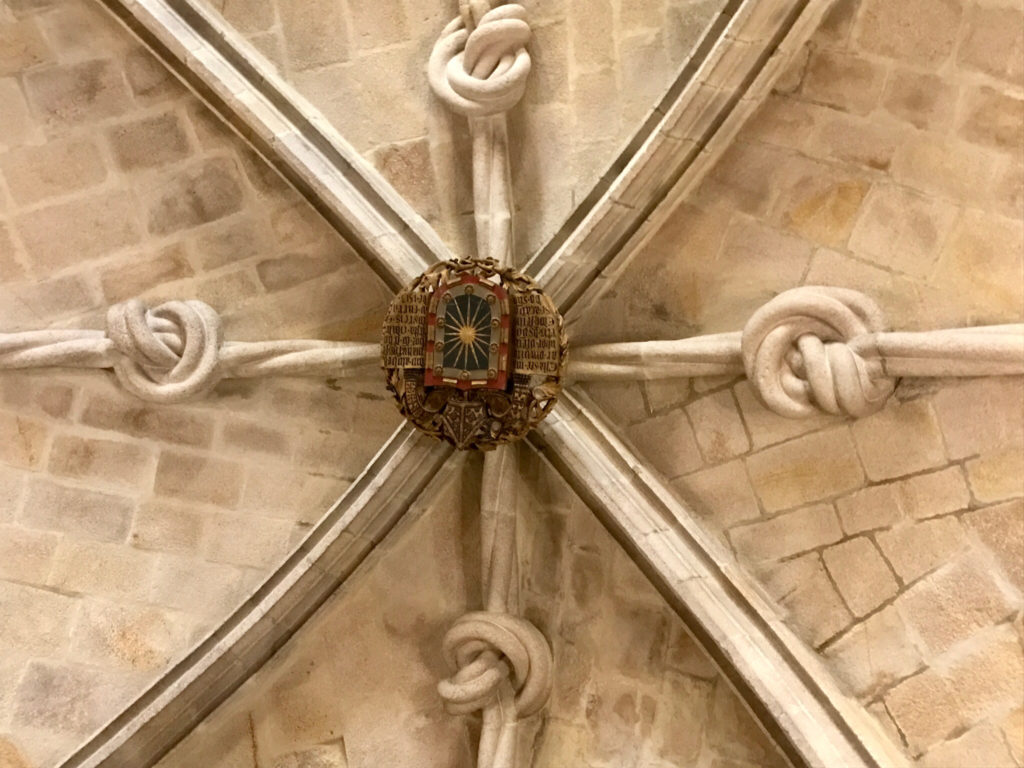
From an artistic point of view, the most important building campaigns took place in the 16th century. The stone roof of the church and a new façade, which were finished around 1513. Date from this time the rib vaulting of the aisles with decorative ribs in the shape of twisted ropes and knots, a masterpiece of the Manueline style.
The main chapel was rebuilt in Mannerist style and features a gilt-woodwork Baroque-Rococo altarpiece.
In the first half of the 16th century, the cathedral was enriched with several series of painted altarpieces commissioned to leading artists of the time, the most celebrated of which was Vasco Fernandes. These altarpieces were later disassembled but can be seen nowadays in the Grão Vasco Museum, located beside the cathedral.
The South clock tower is still of medieval origin, while the North tower had to be rebuilt in the 17th century after a storm. The storm also destroyed the Manueline façade, which was rebuilt around 1635. The three-story façade resembles a Mannerist altarpiece and is decorated with niches harboring statues of the Four Evangelists, as well as the Holy Mary and Saint Theotonius.
The tile work at the Cathedral is beyond exceptional.
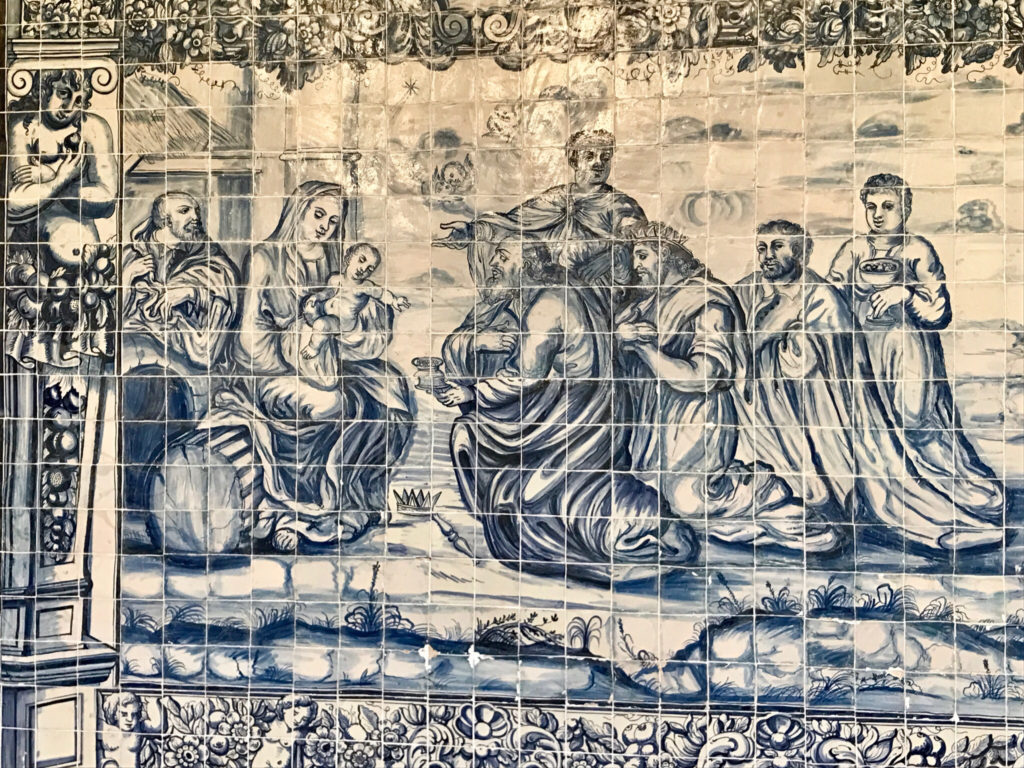
With a list of restaurants to tried had to settle on the hotel, being Sunday most restaurants are closed for dinner.
Tomorrow we continue exploring this charming town and beautiful provincial town.




